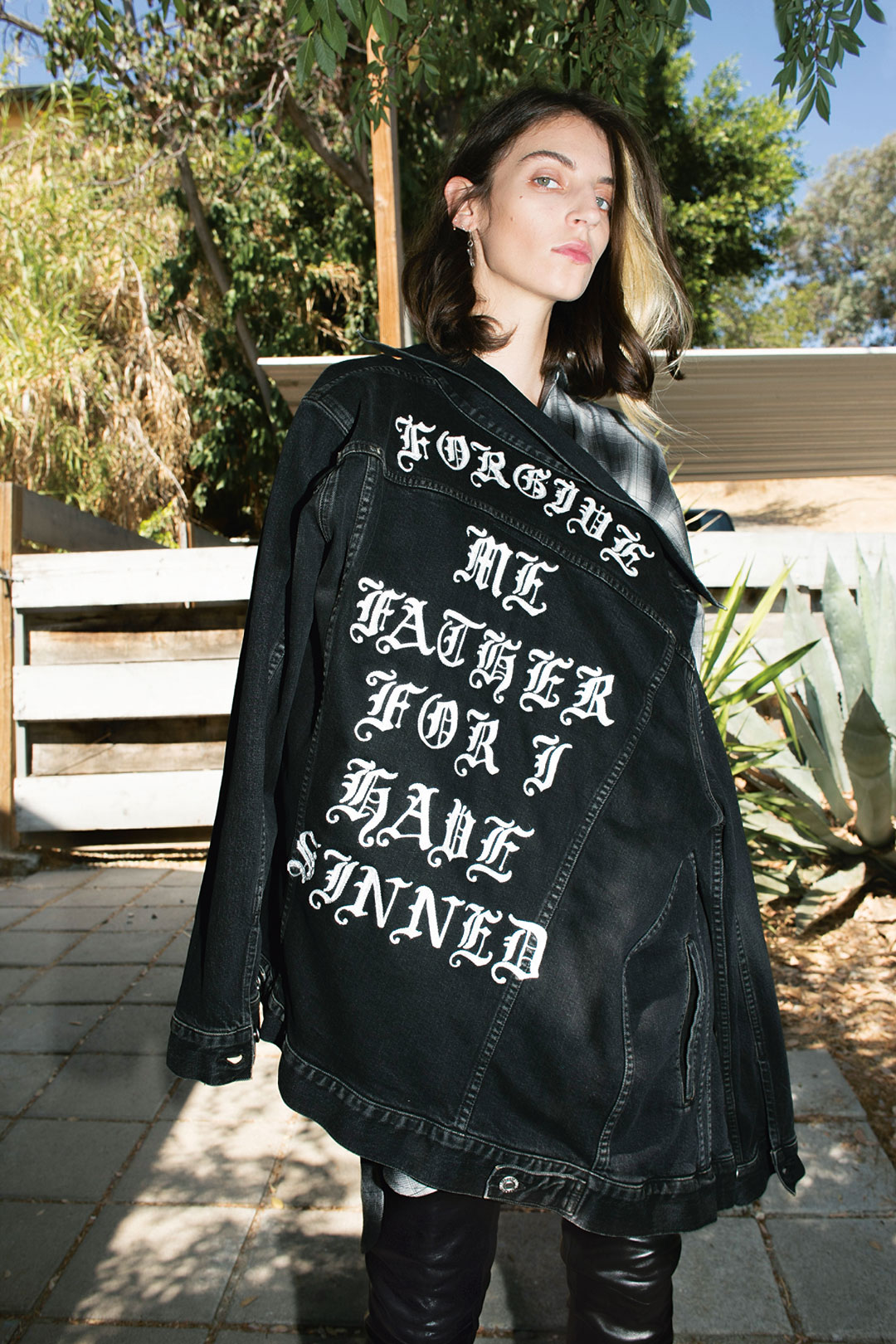
How a riot, an earthquake and a drought shaped LA fashion
Krista Smith on how some pretty apocalyptic events shook-up La La Land and made room for creatives to move in
What should city leaders across the world do to attract the global creative class? Tax breaks? Media hubs? Electric scooter highways? Maybe not, if our new book, Fashion in LA is anything to go by. This new title is the first to document Los Angeles' remarkable explosion onto the global fashion scene. According to Krista Smith, Vanity Fair’s erstwhile West Coast editor, LA was in a pretty bad place, in terms of fashion, a few decades ago, and owes its turnaround to a series of disasters.
“Like most major cities, LA has, of course, had some bad days, years, and fashion looks," she writes. "In the late 70s/early 80s, it was viewed as a shallow town of neon, headbands, junk food, and junk culture. Think of artist Patrick Nagel’s black, white, and mauve fashion illustrations, perhaps best popularized by the cover for Duran Duran’s “Rio” album.
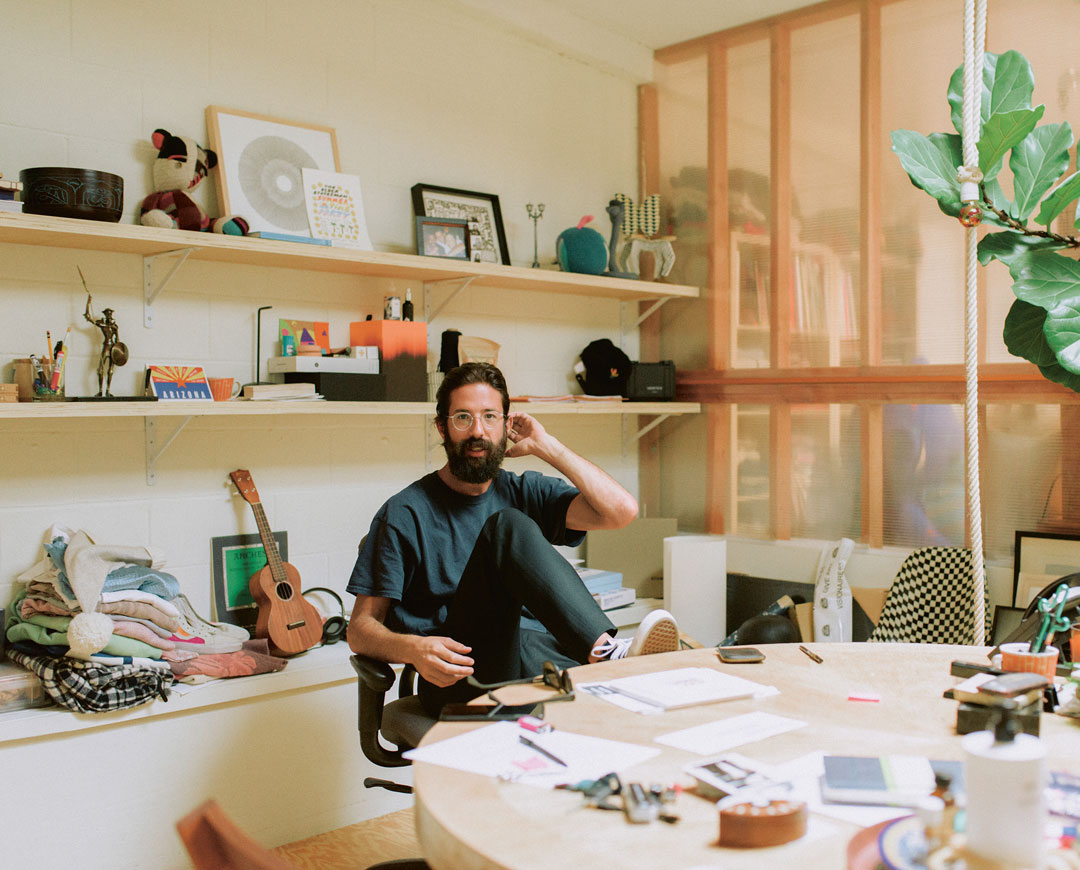
“It may have birthed the VHS fitness craze via Jane Fonda’s workout but, to many, it was more a parade of garish leg warmers and spandex. It’s an unfair distillation and perhaps more than a little born of East-Coast weather envy. Nevertheless, LA felt more glitz than glamour: too much easy life and not enough aspirational life. And the city of sunshine plunged into a weather-as-metaphor drought that brought city ordinances, where swimming pools all over were drained and luxury homes were left with concrete pits.
Yet as Smith notes, this overly sunny condition actually gifted LA a surprising new, grungy subculture. “It starts with those empty swimming pools,” writes Smith. “Teenagers, especially those who are into the nascent sport of pro skateboarding, notice the empty locations and decide that they look like perfect places to work on new extreme moves. The Zephyr Team, or Z-Boys, from Venice, California, take empty pools and transform them through photo and video documents of their adventures, which are published in local magazines and used as marketing tools by the skateboard manufacturers, to spark a whole industry.
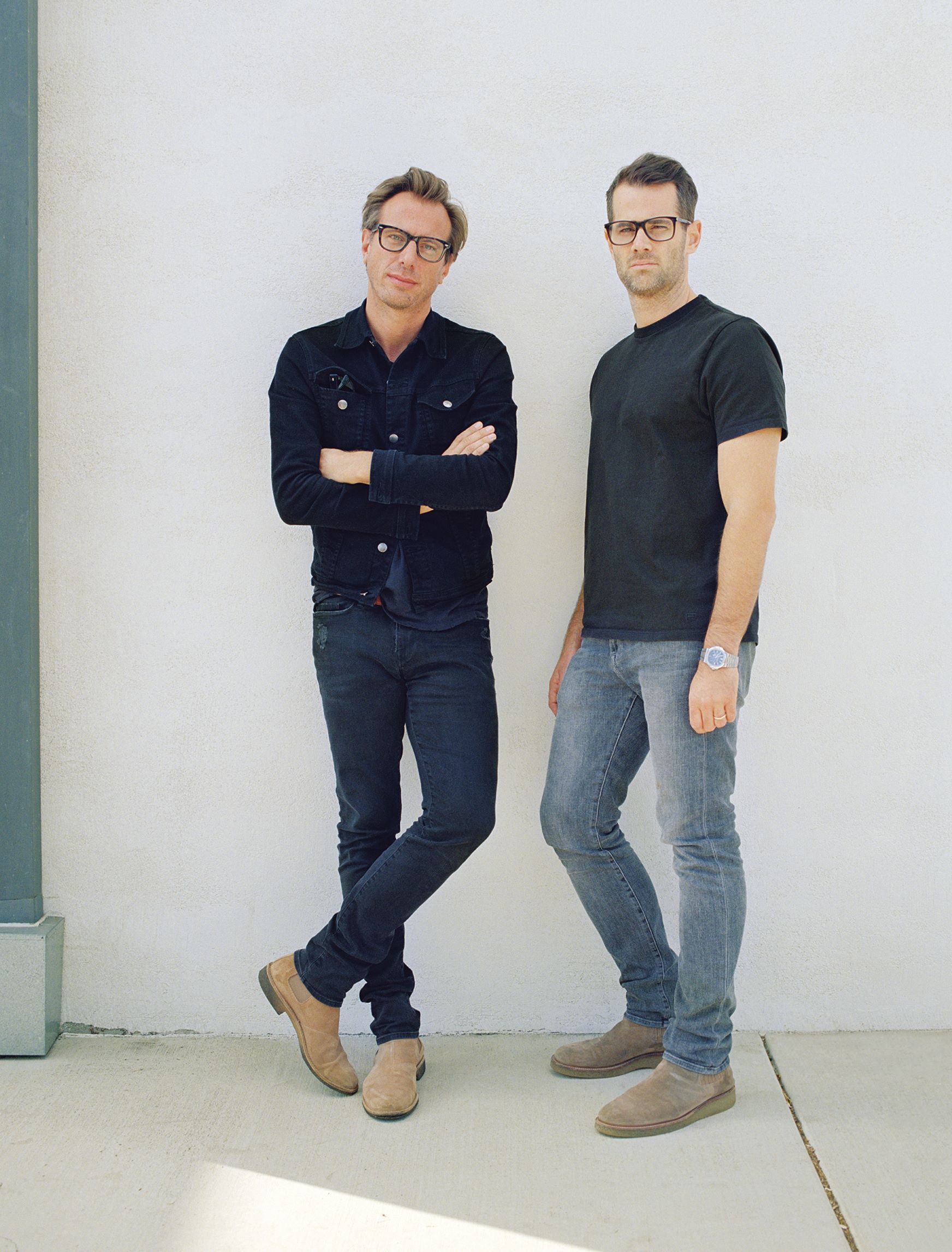
“And this also bleeds into the connected surfer culture: attention to the ragtag fashions of the photogenic camera-ready riders explodes into a trend that brings eyes back on to LA. No one knows this better than Shawn Stüssy. His was the first brand to introduce surfwear — otherwise known as urban streetwear — to the world; and to brand California culture as a lifestyle. “You don’t start a brand,” says Stüssy, “you start a project, and if you do your project with passion and tenacity, the prize is the brand.”
Of course, a few of the city’s stylish stalwarts always knew LA could dress well. Take, Larry Leight, cofounder of Mr. Leight, and Oliver Peoples, the late 1980s sunglasses brand. In 1987, is the mix of people that he encountered every day in the beachside arts community of Venice that inspired him to make his shades. “‘The characters that I saw living in Venice, in Hollywood—the intelligent director type to the artsy type, surfers too—they’re not necessarily stylish, but they had a humble approach,’” Smith quotes Leight as saying. “A sort of a casualness. People think LA is very showy, but we are into people for their own style, not followers. It’s not about the label here: it’s the person.’
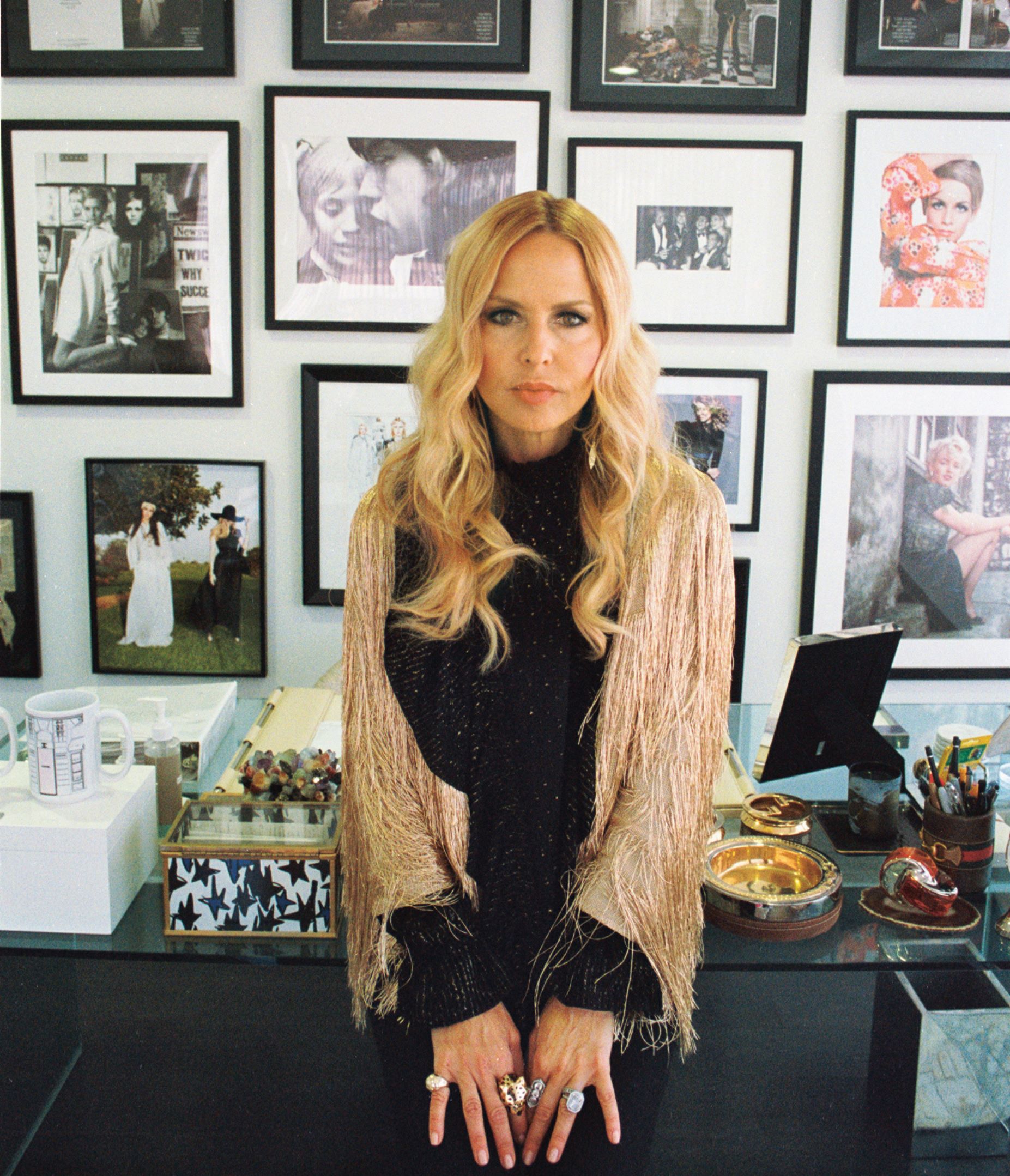
Yet that loose, ad-hoc attitude also became part of the real-estate market, following a couple of shakes, one social, the other geological. “In the early 90s, LA was still a sprawl, but this time it was rocked by back-to-back events of rioting (sparked by the Rodney King verdict of 1992), and the Northridge earthquake in 1994,” writes Smith. “Once the dust settled, both physically and metaphorically, there was an influx of new people to take the place of those who had fled the unrest or shaking earth, or both, and there appeared to be a renewed interest in bringing the city’s population together via culture, and to rediscover the actual buildings that made up the urban landscape. Both the earthquake and the riots had taken a toll on neighborhoods; there were collapsed buildings, unsafe buildings, and burned buildings, which often took up large parcels in neighborhoods, and the traffic flow problems were compounded by it all. City leaders looked for ways to draw attention to the positive aspects of the city.
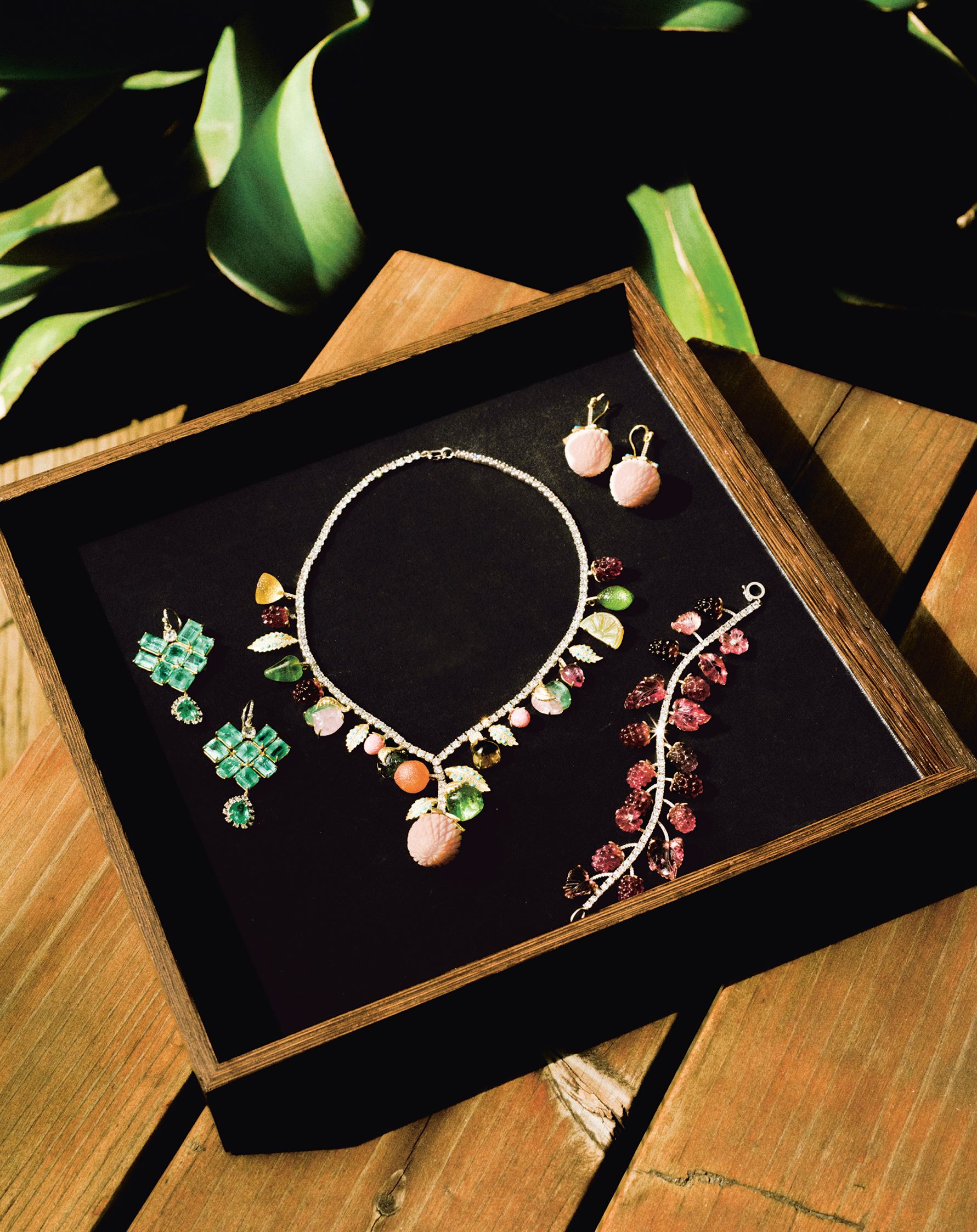
“At the same time, the creative community took notice in a different way, looking around and seeing new opportunities in the spaces created, abandoned, and formerly overlooked. In the macro sense, there was the new Geffen Contemporary downtown (a redesign of The Museum of Contemporary Art [MOCA]), Los Angeles County Museum of Art (LACMA), and the relaunched Santa Monica Museum of Art, which drew artists and designers to their well-publicized events, designed to show off the new architecture and public spaces, as well as the LA artists that they chose to showcase. These events were meant to wake up a population that had drifted inwards to safe personal spaces; they were an invitation to participate in and celebrate creativity.
“And, in the micro sense, there was the influx of young artists and designers who saw that the urban decay of some neighborhoods meant inexpensive rents and architecturally interesting spaces that may have outlived their attractiveness. By moving their studios, galleries, or workspaces into these less densely populated areas, they set the stage for others to follow.
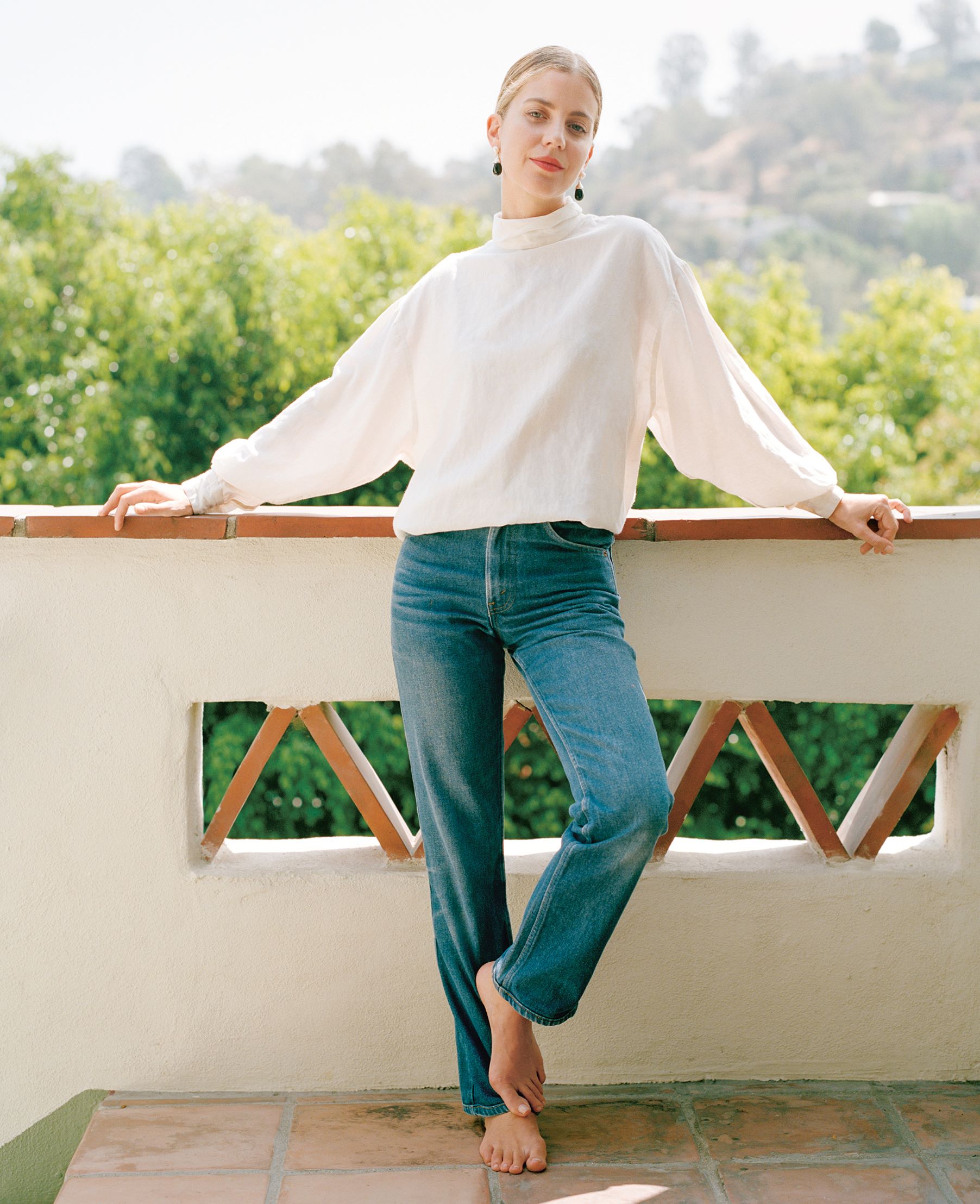
“Suddenly, a steady influx of art fans and art creators— from musicians, such as Mark Mothersbaugh, to emerging artists, such as Shepard Fairey—as well as the curators from the Santa Monica Museum of Art and LACMA, were trekking downtown to a monthly art walk. They came from all parts of LA. And many took note of what local artists, such as Merion Estes, Mike Kelley, Paul McCarthy, and Catherine Opie, had already known: that there was an abundance of underused, forgotten space—not only in declining tourist-trap neighborhoods, such as Chinatown, or Venice on the west side, but in the entire Downtown, which had become a ghetto for big impersonal corporate offices, and blocks and blocks of the lost inhabitants of an ever-expanding Skid Row.”
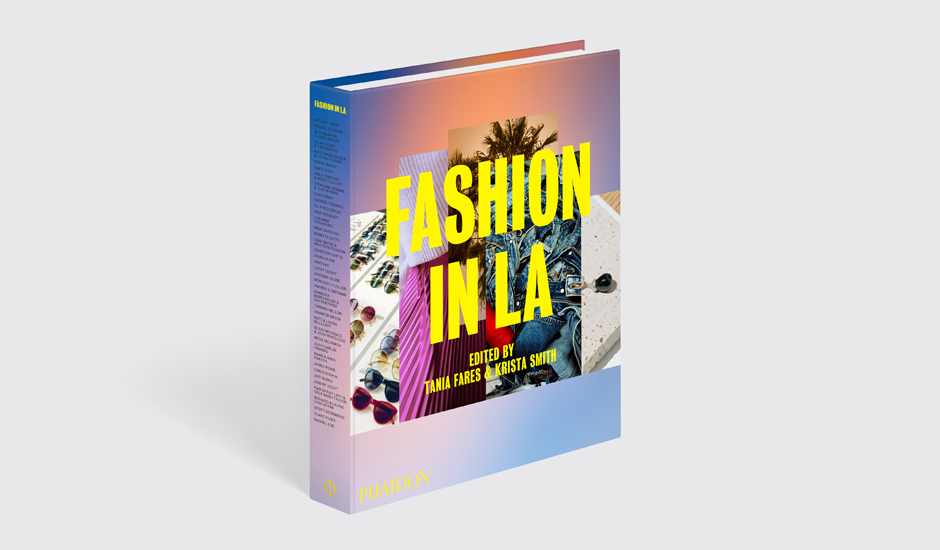
To find out more about the fashion designers who’ve since taken up residence in this reworked city, order a copy of Fashion in LA here.